 Abraham Lincoln
If given the truth, the people can be depended upon to meet any national crisis...
Abraham Lincoln
If given the truth, the people can be depended upon to meet any national crisis...
 Guildford news...
for Guildford people, brought to you by Guildford reporters - Guildford's own news service
Guildford news...
for Guildford people, brought to you by Guildford reporters - Guildford's own news service
Birdwatcher’s Diary No.163
Published on: 16 Jun, 2018
Updated on: 16 Jun, 2018
By Malcolm Fincham
Inspired by May’s warm and pleasant spell of weather, though later than originally scheduled, I headed out on a trip to Otmoor RSPB. Most grateful for the invite of good friends Bob and Dougal and to once again visit this haven for wildlife in the heart of Oxfordshire.
An early start of 6am on May 20 was essential to get both on and off the M25 before the rush-hour traffic, as well as to guarantee a car parking place on our arrival there.
Having last visited the reserve much earlier in the month of May last year, it was interesting to compare the difference of wildlife we might see.
Still suffering from the stresses and anxieties of what seems to be the curse of modern-day living. It was much needed as well as therapeutic, to continue to place myself in the hands of mother nature and be at one with her in the countryside.
On our previous visit we had been welcomed by the sound of a turtle dove, perched, purring, overhead on a telegraph pole. A “dove from above.” Top of my wish list, of birds to see on this visit too.
Turtle doves are Britain’s only migratory pigeon or dove, once of common sight, in my youth. Sadly, the UK’s breeding population has declined by an alarming 91% in the last 10 years. Once a regular sight in the Surrey countryside, though, these days, just rare sightings, on passage through our county.
It must have been over a decade since I had last seen one, when I was on one of my summer visits to Norfolk and they were in decline then!
Although hearing one close to the car park as we got out of the car on this occasion, it wasn’t easy to track down. The turtle dove’s song is a gentle, soporific purring, usually delivered from cover; where the birds are present it can be heard all summer.
Following the sound, we came to a patch of ground surrounded by mature oaks. We found ourselves confused by the precise area the purring was coming from, debating which part of the oak the sound was emanating.
Eventually our questions were answered.
A turtle dove flew out of the tree and overhead, instantly recognising it by its colouring. I took a few record shots. To our surprise a another one could be heard, still purring in the tree in which we had originally been looking. While the one that flew over us, perched, peacefully, purring, still within sight.
It was a real bonus allowing a few photos, as it was lightly illuminated in the sunlight.
As we started to walk the trail, a cacophony of bird sound could be heard as we reached the reed beds. With so many birds in competition, it seemed everything was trying to sing louder than everything else.
There was a constant sound of sedge warblers leading the melody and easy to photograph.
These were joined by numerous reed warblers, that were also showing well.
With plenty of reed buntings joining the chorus.
Some of the many other highlights to add to our visit there included:
More cuckoos than I had seen before at one location, hearing at least seven, on our walk. At one time, seeing three, chasing each other around the hedgerows and over the reedbeds.
Although having already seen more than our fair- share of lesser whitethroats this year, several could be seen, showing well as they sang.
Also seen in the hedgerows, bordering the reserve, were a variety of resident species. These included, bullfinches,
Linnets,
And even a few yellowhammers.
The “yaffling” sound of a green woodpecker, alerted me to snatch a photo of it as it flew by.
Overhead, several summer visiting hobbies could be viewed, as they hawked dragonflies, now starting to emerge from the marshes.
Meanwhile, a pair of marsh harriers could be observed, hunting over the marsh.
Common snipe occasionally rose up into the air, making their “drumming” sound as they decended.
While a red kite constantly patrolled the blue sky overhead.
Out on the water were a variety of wildfowl, including pochard and tufted ducks.
Also among them was a leucistic pochard we had also seen there the year before.
Mallard could be seen, already with chicks.
While several common terns had made their return from Africa and had set up their summer homes on the tern raft.
A surprising sight for us was to see a redshank perched at the top of an oak tree, nearby, calling.
Out in the fields, groups of greylag geese could be seen, some already with goslings.
Among them was a lone, barnacle goose.
As well as numerous sightings of hares.
Butterflies there included a small copper.
As well as a small tortoiseshell.
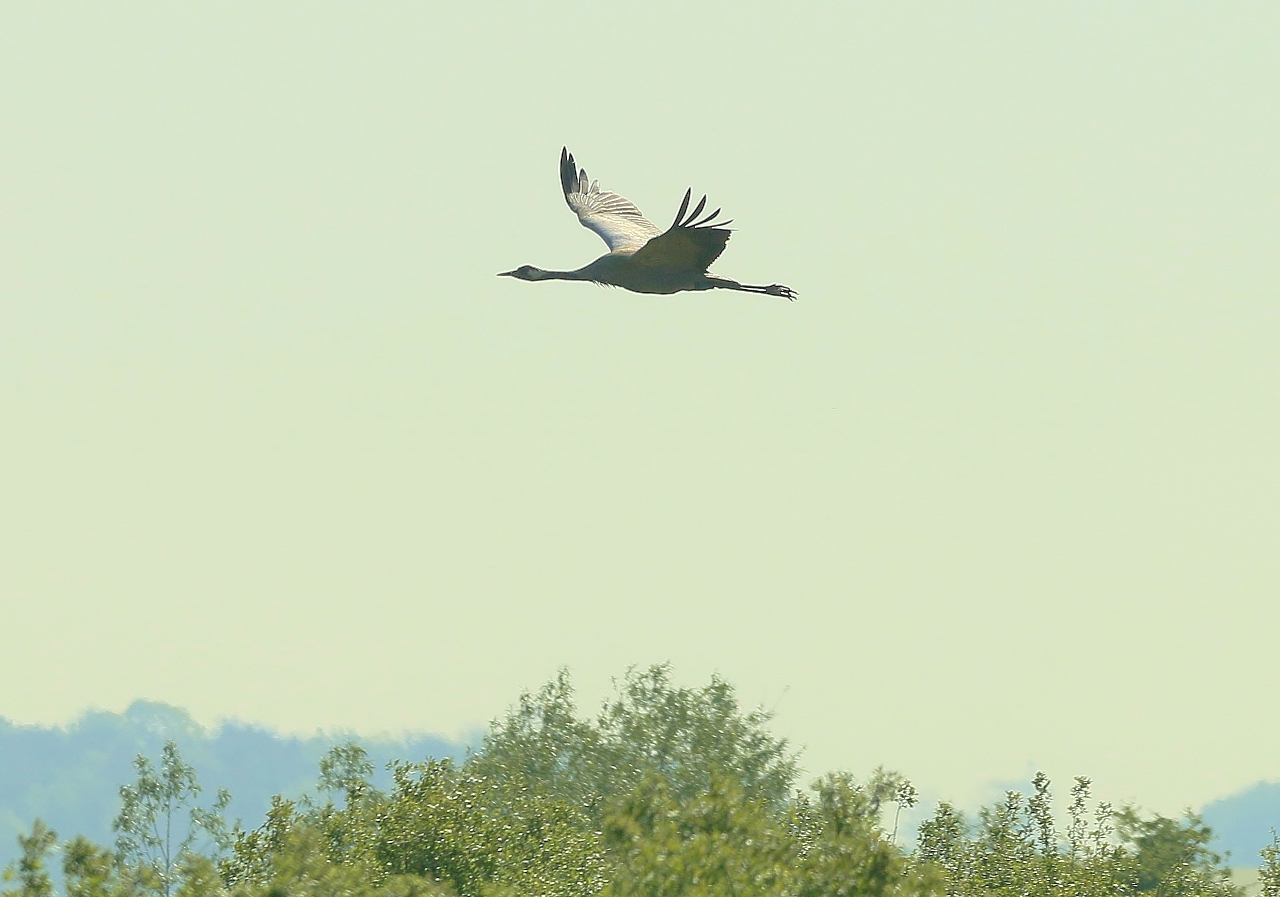 Although unfortunate not to see the common cranes, I photographed on last year’s visit there.
Although unfortunate not to see the common cranes, I photographed on last year’s visit there.
And being a couple of weeks too late to see the overwintering hen harrier I had seen on last year’s visit.
Missing from my list of possible sightings on both occasions (though not for want of trying) was a bittern. They are camouflaged and very secretive and now resident there.
The first ‘booming’ bittern was recorded at the Otmoor reserve in 2013. It was only recently proved that successful breeding had finally taken place, with the discovery of two nests.
 All in all, a worthwhile and glorious day’s outing, only dampened by the thought that, as with many beauty spots these days, the threat of its demise lay in the hands of a government decision, of a proposed expressway to go through the land
All in all, a worthwhile and glorious day’s outing, only dampened by the thought that, as with many beauty spots these days, the threat of its demise lay in the hands of a government decision, of a proposed expressway to go through the land
“The Expressway Action Group, together with Oxford City Council, the RSPB and others, have asked for a public enquiry but the government has turned this down. Now the decision will be made behind closed doors”. And a petition has been set up in the hope of saving Otmoor.
Responses to Birdwatcher’s Diary No.163
Leave a Comment Cancel replyPlease see our comments policy. All comments are moderated and may take time to appear.

See Dragon story: GBC’s Explanation of Major Land Sale Notice Error ‘Borders on Arrogant’ Says Councillor




Recent Articles
- Surrey Children’s Services Improvement Recognised by Ofsted
- Independent Guildford Stationers Are ‘Top of the Shops’
- Birdwatcher’s Diary No.304
- Cyclist Dies in Peaslake
- Surviving Strategic Director Quits to Take Up CEO Role with a West Sussex Council
- Letter: Damning Reports Should Not Be Used to Gain Political Advantage
- New Leader of the Opposition at Waverley
- Surrey Day’s Celebrations Took to the Skies
- Notice: Dance with Junction 9 to Raise Money for Charities
- Mistreated Former Sub-postmasters Receive Standing Ovation


Recent Comments
- Olly Azad on Mistreated Former Sub-postmasters Receive Standing Ovation
- Barry Jutsum on Letters, Comments, Complaints Policy and Privacy Statement
- Aubrey Leahy on Guildford Police Station to Close – Officers to Move to Mount Browne HQ
- John Ferns on Guildford Police Station to Close – Officers to Move to Mount Browne HQ
- Barry C Williams on Letter: Cross-party Effort Required to Improve Police Resourcing in Surrey
- Anthony Mallard on Guildford Police Station to Close – Officers to Move to Mount Browne HQ
Search in Site
Media Gallery
Dragon Interview: Local Artist Leaves Her Mark At One of England’s Most Historic Buildings
January 21, 2023 / No Comment / Read MoreDragon Interview: Lib Dem Planning Chair: ‘Current Policy Doesn’t Work for Local People’
January 19, 2023 / No Comment / Read MoreA3 Tunnel in Guildford ‘Necessary’ for New Homes, Says Guildford’s MP
January 10, 2023 / No Comment / Read More‘Madness’ for London Road Scheme to Go Ahead Against ‘Huge Opposition’, Says SCC Leader
January 6, 2023 / No Comment / Read MoreCouncillor’s Son Starts Campaign for More Consultation on North Street Plan
December 30, 2022 / No Comment / Read MoreCounty Council Climbs Down Over London Road Works – Further ‘Engagement’ Period Announced
December 14, 2022 / No Comment / Read MoreDragon Interview: GBC Reaction to the Government’s Expected Decision to Relax Housing Targets
December 7, 2022 / No Comment / Read MoreHow Can Our Town Centre Businesses Recover? Watch the Shop Front Debate
May 18, 2020 / No Comment / Read More



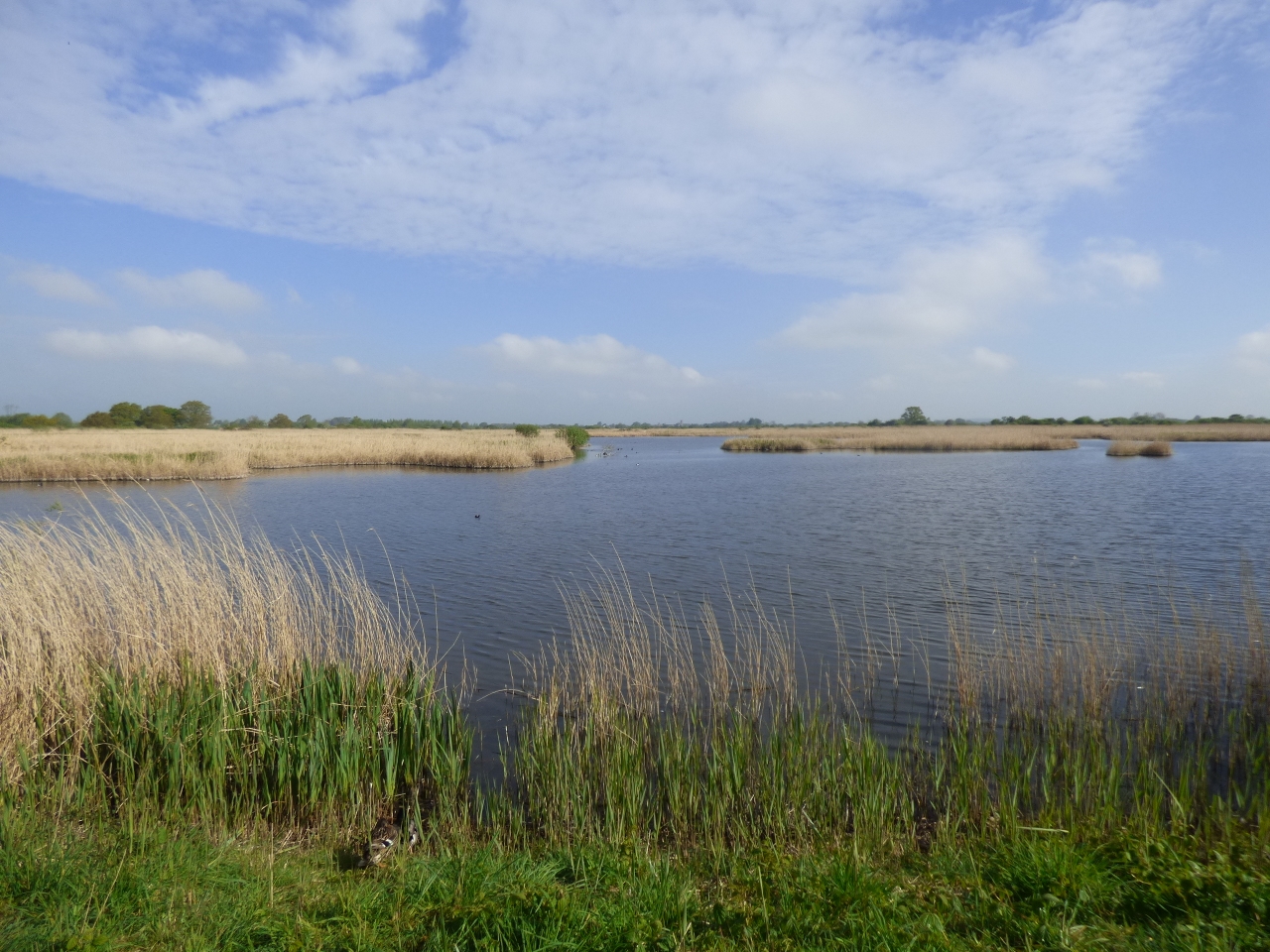





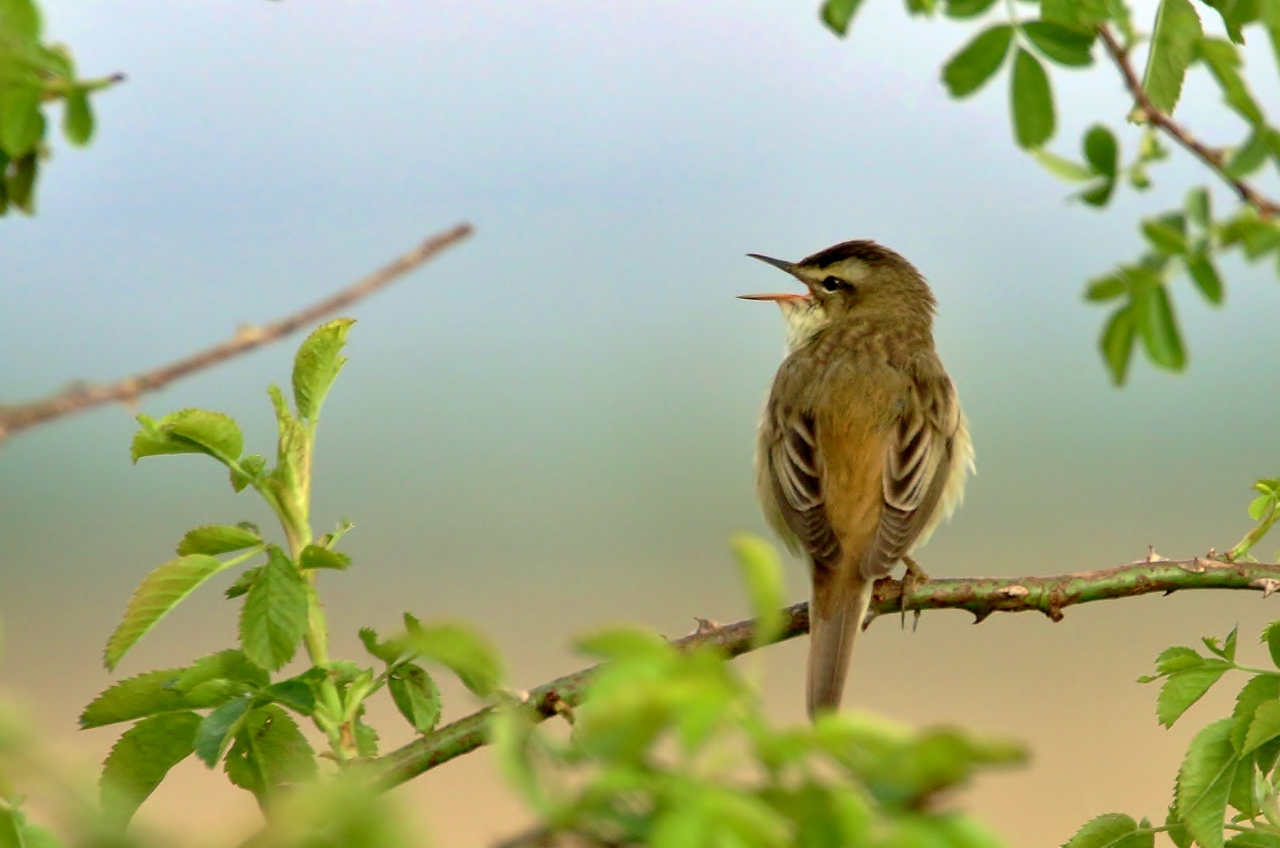







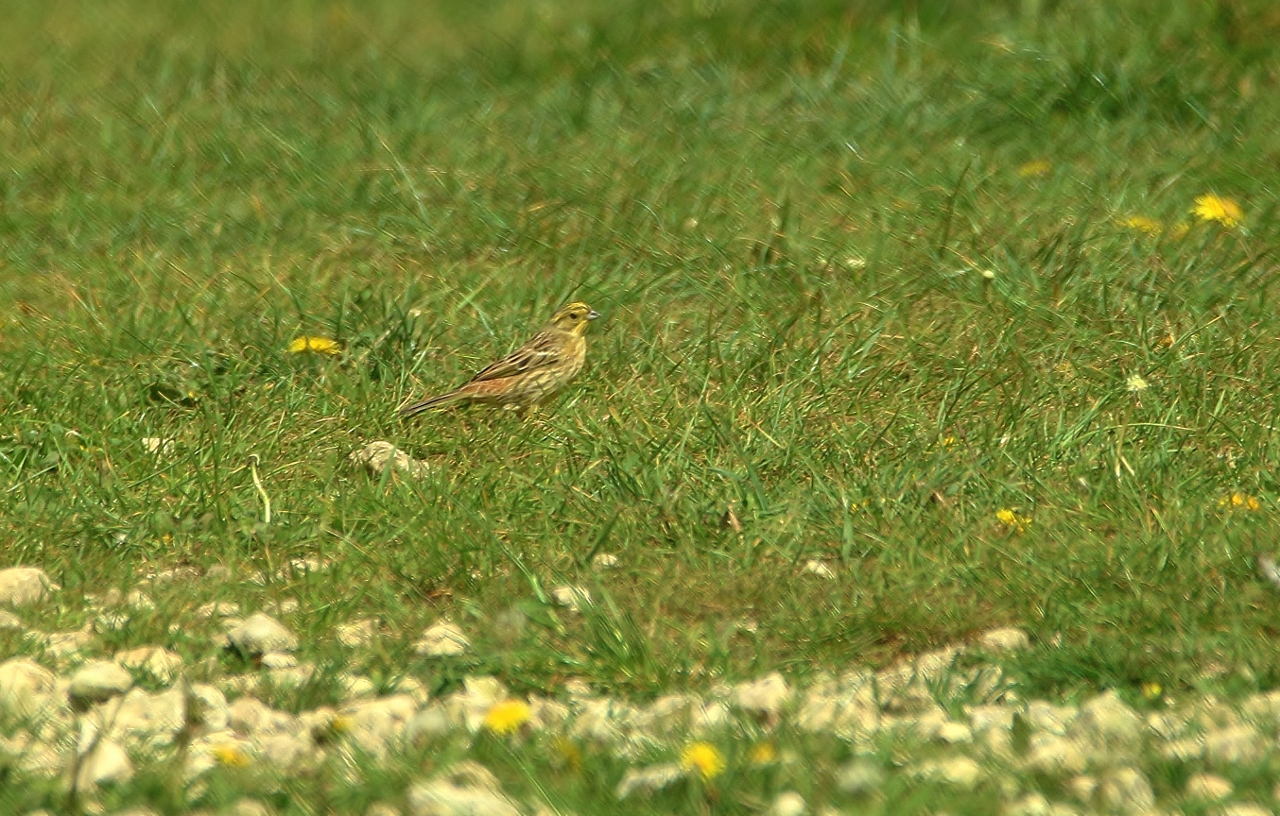



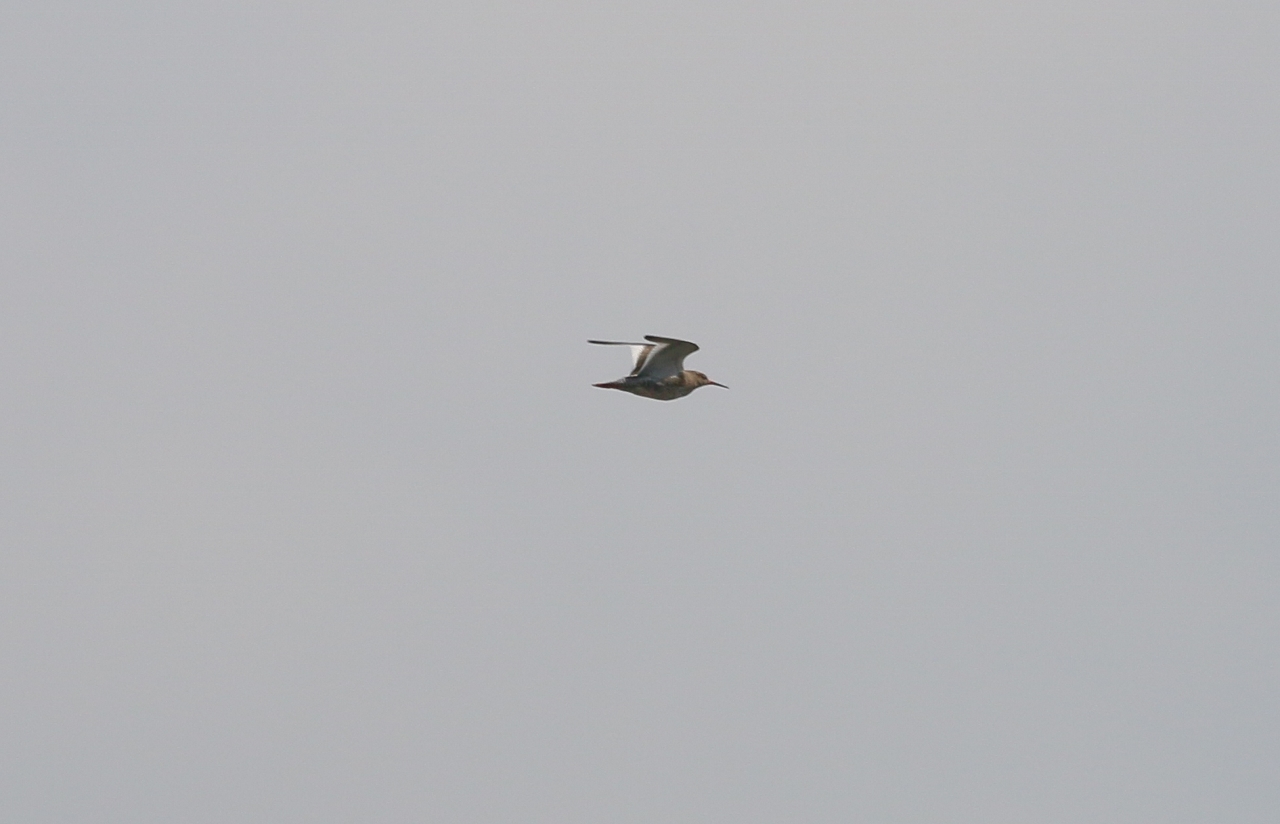



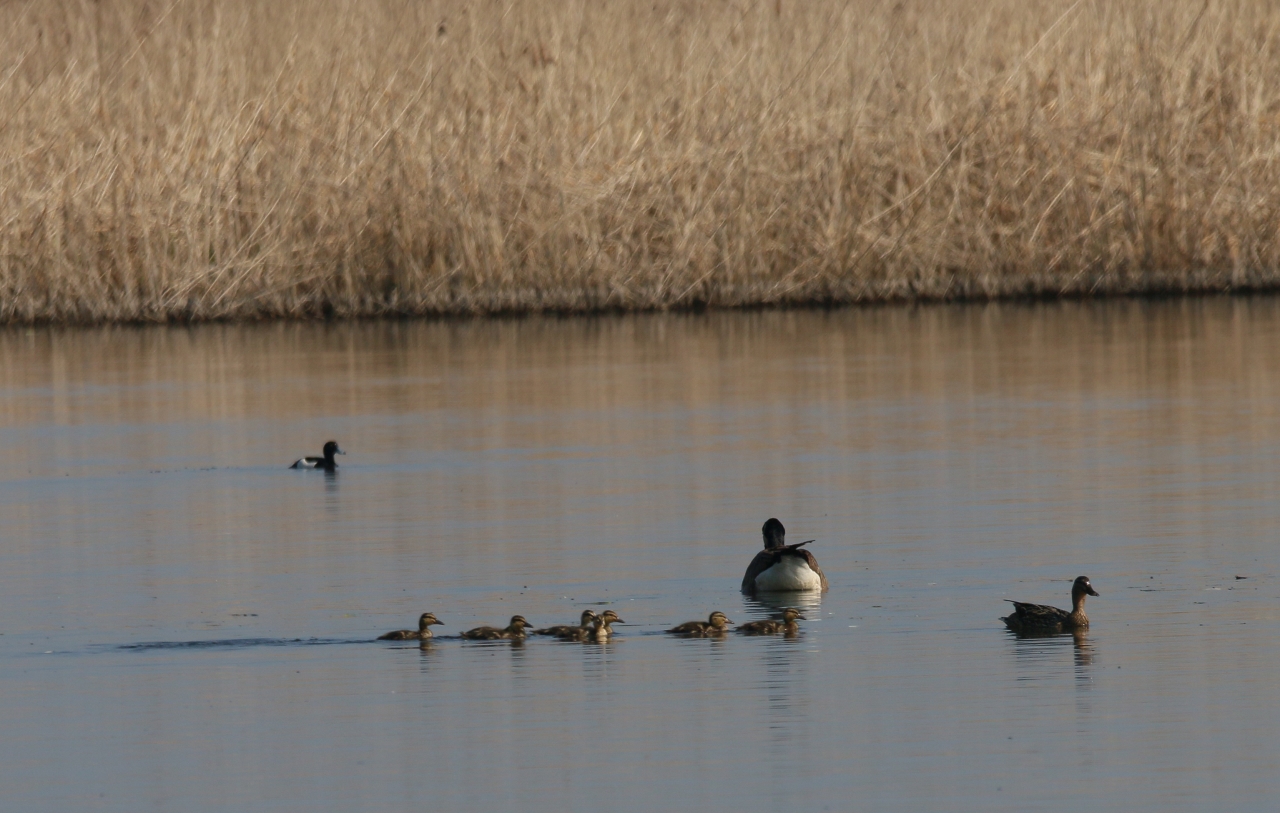











Lisa Wright
June 16, 2018 at 3:28 pm
Often get a single barnacle within Canada geese. Saw a hybrid many years ago.